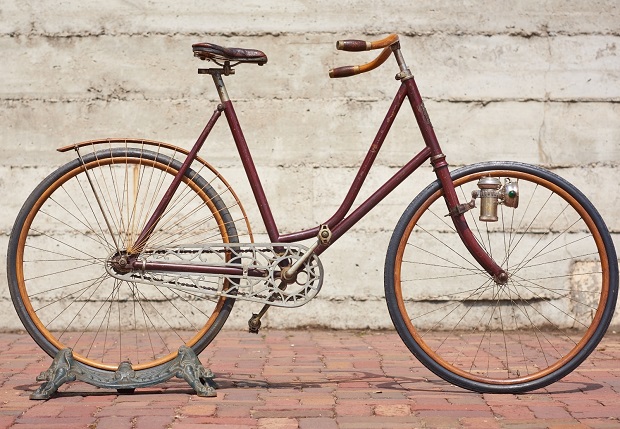Tag: antique bicycles
-

The Lovell Diamond a bike from the past
From the Cycling Museum of Minnesota, this month’s feature is the Lovell Diamond bike made in 1891 and sold by the John P. Lovell Arms Co. of Boston. This bicycle has equally-sized wheels placing it firmly in the bike safety category of its era, yet it retains some features of the high wheel bikes that…
